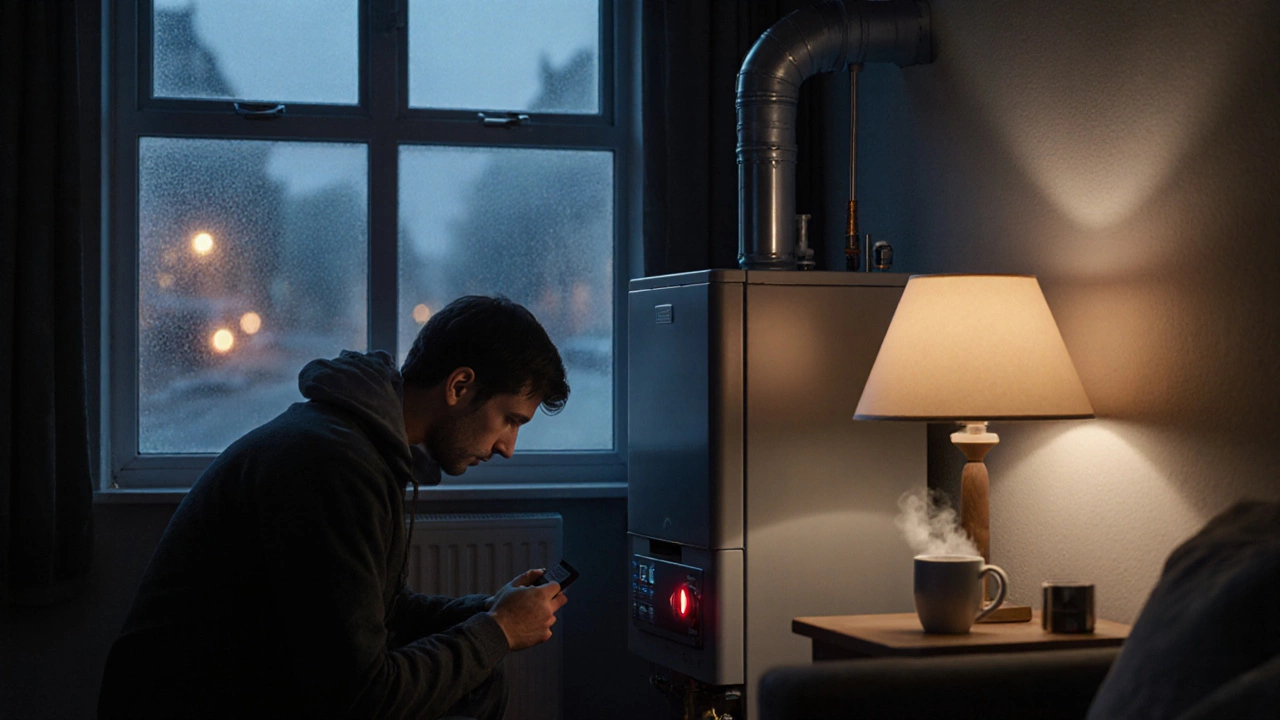Alternative Heating Methods: Practical Options for a Warm Home
When exploring alternative heating methods, non‑traditional ways to generate warmth for homes, such as renewable or electric solutions. Also known as green heating options, it opens doors to lower bills and smaller carbon footprints. While classic gas boilers still dominate, many households now ask whether a switch makes sense. Below we break down the most common routes, how they link together, and what you should weigh before committing.
Key Technologies Behind Modern Warmth
The first major player is the heat pump, a device that moves heat from outside air, ground or water into your living space. Heat pumps require proper sizing and a well‑insulated home to deliver the promised efficiency. Next up, solar thermal, panels that capture sunlight to heat water for taps and radiators can slash hot‑water costs, especially when paired with a storage tank. Both systems rely on electricity, so a solid electric infrastructure is a prerequisite. If you’re in a rural area with abundant wood or pellet supply, a biomass boiler, a furnace that burns organic material to produce heat offers a low‑carbon alternative to oil or gas, though it brings fuel handling and regular ash removal into the picture.
For rooms where you need quick, spot heating, electric radiators, plug‑in units that convert electricity directly into heat can be a convenient supplement. They enable zone‑by‑zone control without the complexity of a full‑home system. However, their running cost depends heavily on your electricity rates, so they’re best used alongside a more efficient primary source like a heat pump. When you combine these technologies—say, a heat pump for the bulk of space heating and electric radiators for bedroom tweaks—you create a layered approach that balances comfort, cost, and sustainability.
Choosing the right mix hinges on three attributes: energy source availability, home insulation quality, and budget constraints. A well‑insulated semi‑detached house in a temperate climate may profit most from an air‑source heat pump paired with solar thermal hot‑water support. Conversely, an older cottage with limited loft space might find a ground‑source heat pump too pricey, making a biomass boiler plus electric radiators a more realistic route. Remember, the installation stage often determines lifetime performance—poor placement of a heat pump’s outdoor unit or undersized solar panels can erode expected savings.
Below you’ll find a curated collection of guides that walk you through each method, from resetting a water heater’s safety valve to comparing the cost of replacing a traditional boiler with a modern heat pump. Whether you’re a DIY‑enthusiast or looking for a professional assessment, these articles give you the context and step‑by‑step advice to make an informed decision about your home’s heating future.
How to Heat Your Home When the Boiler Breaks
0 Comments
Learn safe, quick ways to keep your home warm after a boiler failure, from temporary heaters to insulation tricks and when to call a pro.
Read More